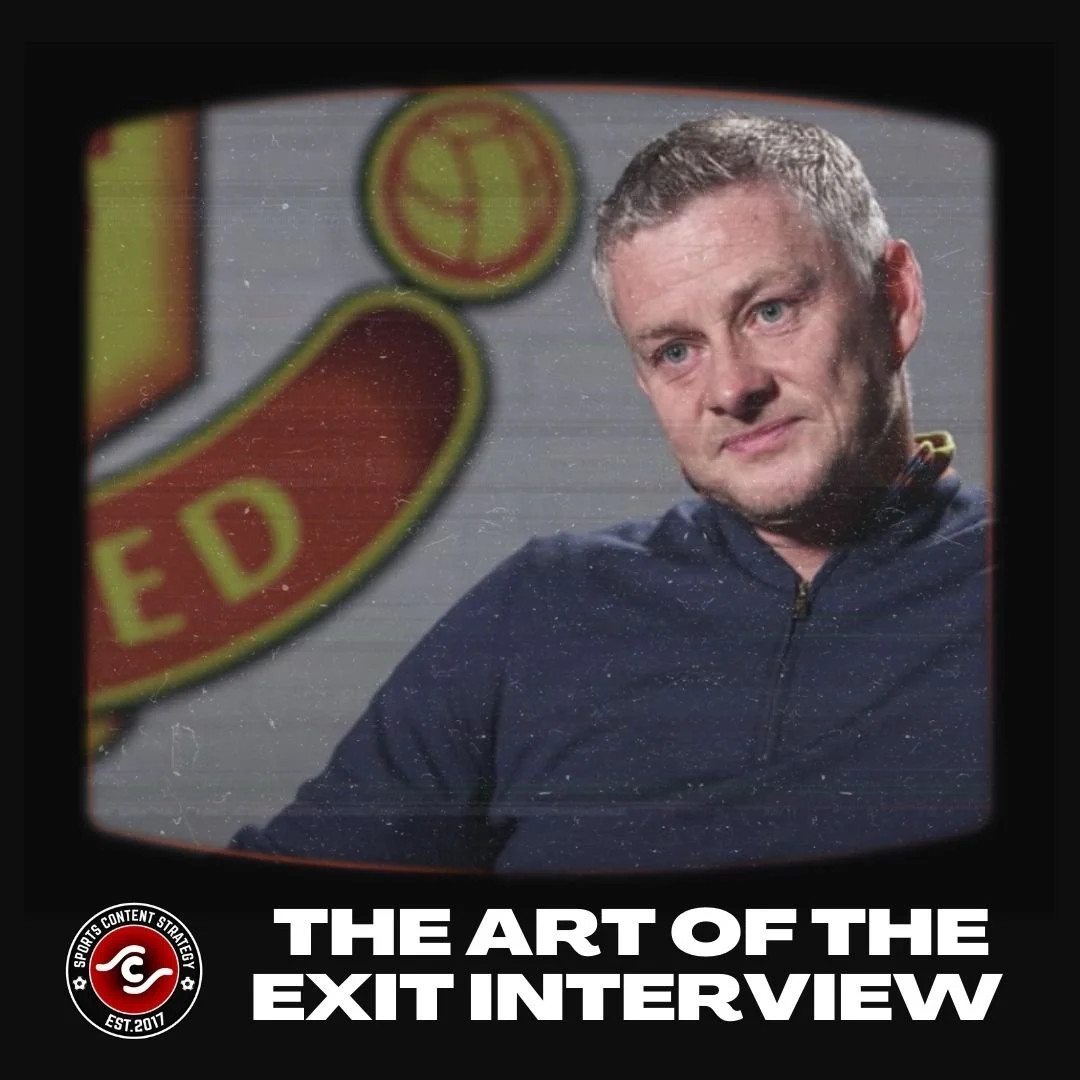Ideas, ownership and the art of ‘getting it done’
Everton FC annoyed me recently.
They did nothing wrong, in fact, quite the opposite. They executed an engaging content idea, something that underlines their claim to be the People’s Club and an organisation that cares and connects with its community and, in this case, the younger generation.
The only issue was that I had thought of it ‘first’.
For the home game with Newcastle, they eschewed the standard head and shoulders team pictures on their line-up graphic and used drawings from a local Primary school.
The Year 4s at Linacre School had visited Everton’s Finch Farm training ground as part of a scheme promoting positive mental health. They drew pictures that would feature on the big screen at the stadium, in the programme and have a worldwide audience on social media.
It was a lovely, positive idea. One I had suggested to clubs in different countries over the past 18 months as part of my consultancy. It was always going to garner attention but, rather than grabbing random, transient engagement, I suggested it was best executed as a part of a campaign by a club whose ‘brand’ was youth. Every team would claim this was part of their make-up but very few have a track record that allows them to stand out. Southampton was the example I used in my presentation given they have brought up and then sold on many major English players in the past couple of decades. But Everton were a decent fit given the amount of work they have done in their community. Again every club talks about this, can point a foundation and, yes, a heap of important work is undertaken. But it is rarely at the heart of what they do.
No-one took up the suggestion and the Toffees got it done. Kudos to them on executing a warm-hearted and, I think, ‘relatively’ novel idea.
It’s theirs now because they did it and I could not get enough traction with any of my clubs. Ideas without execution are just cartoon ‘think bubbles’.
Of course, all this talk of ‘owning’ an idea is ridiculous anyway. I only bring it up to make a point. I’ll do this by reluctantly telling a story.
A very stupid person at a company at which I worked had a good content idea. Not great, not unique but it was the type of suggestion at which you run through your mental check-list of issues (cost, practicality, tone, messaging, workload etc.) then shrug and nod approvingly. But, buoyed with their success, they then bitched and moaned as to why they could not control execution, distribution and literally everything else.
They could contribute nothing in this area after the germ of an idea. But, as I said, they were stupid so let’s not talk about them anymore.
The point is that good concepts should come from anywhere but, in the mind of the originator, they are always perfect – simple to execute, free from the anchors of cost, access or talent and, of course, become the single most important thing in the world at that time.
In fact, most of what passes for an ‘idea’ these days are minor deviations on a well-worn path anyway. They merely add an extra ingredient to a long-familiar recipe. This is not just laziness, Derek Thompson wrote an enjoyable book called Hitmakers arguing that tweaks on the familiar are the best route to success. We like them and, crucially these days, people can make money this way.
That’s fine by me, we all do it. Let’s just not pat ourselves on the back for the originality of our thinking.
At rights-holders, and clubs especially, the key ingredient to execution is buy-in from the top. That is why, although I am critical of the self-satisfied, overhyped vanilla-flavoured fare they often push out, those on the outside are not aware of the constraints within. The few that stand-out are exceptional, not necessarily because of the talent among their producers, but the latitude and liberation from on high.
Execution can not be everything anyway. If you are relying on an After Effects expert to save your content strategy then you are doing it wrong.
Ideas, even those merely re-nosed or re-skinned, have to underpin everything. The most prominent should be born out of your organisation’s core beliefs and values then executed, visually and emotionally, in accordance with them too.
This is not more than just ‘brand’, because that just feels like salesmanship wrapped up in exquisite design.
It should be about soul, meaning and the desire to belong to something bigger.
The very emotions that would have brought Everton supporters to Goodison Park on a cold Tuesday night in January with Christmas excess still biting at their bank balance.
Where they would greeted by a very different type of team announcement.














